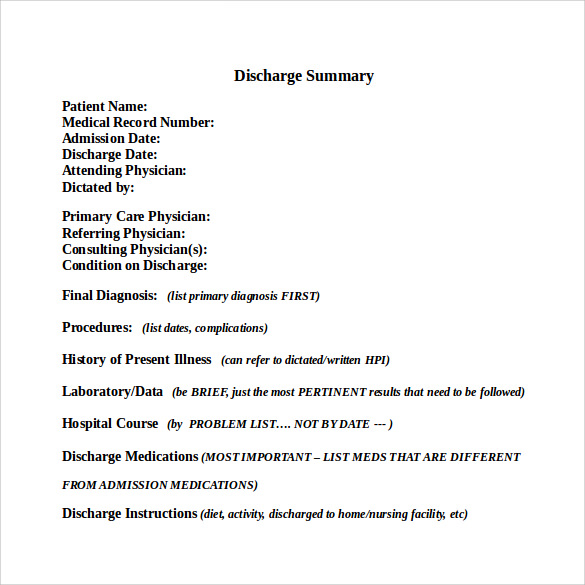
Third, it requires that the patient identifies the letter through their stack of daily mail sent to their house.įourth, they need to sign the letter and send it back to the practice. If they don’t, it will just get sent back by the mail courier. Second, the sending practice needs to ensure that they’re sending this letter to the right address. First, it requires that a staff member signs and dates the letter before sending it. ReGenesis Health Care did a great job of creating an effective no-show letter that forces the delinquent patient to reread its policy and acknowledge that they’ve done so with a provided signature line.Īlthough requiring a signature from the ghosting patient is effective, it also means more steps. The third effective template isn’t anything more than an acknowledgment of what happened and a restatement of the practice’s policy. If those required policies don’t exist, it could lead to a HIPAA violation. Of course, it’s not that easy, some laws and policies need to exist to satisfy compliance requirements, especially for healthcare organizations. Senior management determines that a certain process or ethic is important and creates a policy around it. In your warning no-show letter, remind them of the policy they signed up for and any financial penalties that they might receive. After all, studies show that humans forget about 70% of what they learned within 24 hours. If they did retain it, they probably forgot about it. They might’ve read the section in the policy handbook you gave them regarding no-shows, yet odds are they didn’t retain it. Who cares if they already signed a form when they first walked through your doors and signed up for your services. That way, you’re reminding them of your policy while saving on your patient experience. Yet, that’s exactly what you should send the first time one of your client’s ghosts you. This letter template is a good example of what you should send to your no-shows the first time they ditch their appointment. It reemphasizes the point I made earlier in this section that everyone deserves a second chance.
#Doctor discharge letter template skin#
The first example letter comes from a dermatology office, Skin Iowa, PC. That's money no healthcare facility can afford to lose.

On the industry level, patient no-shows cost $150 billion every year. The last part of that sentence happens on a case-by-case basis, depending on whether or not the client is a habitual ditcher. They need to know that what they did hurts your organization and comes with consequences. A major part of that process requires that you communicate to the no-show. The point I’m trying to make with all of this is that every healthcare organization has to implement a follow-up process if a patient ditches. Your organization could provide the best financial assistance and most convenient scheduling practices available and still have a patient not come through your doors because of a personal matter that popped up.

There are just too many factors involved to not have some patients who don’t come to their appointment.

Sure, there are things healthcare organizations can implement that will reduce their rate of patient no-shows, it won’t ever reach 0%. Yet the costs associated with them adds up to more than the annual salaries of some of the staff.

Think about how substantial that is, 12% is an overwhelming minority of people not showing up to their scheduled appointments. A patient no-show rate of just 12% costs healthcare organizations almost $90,000 per year.


 0 kommentar(er)
0 kommentar(er)
